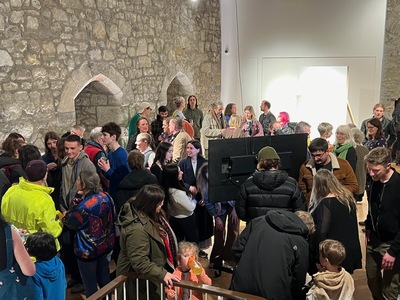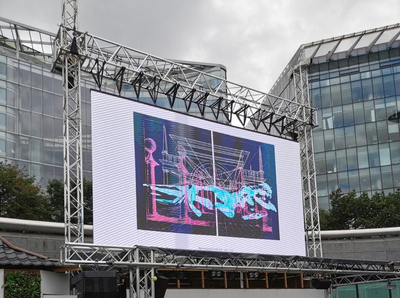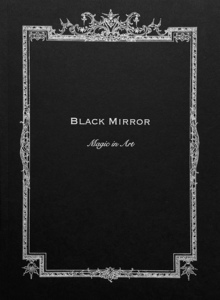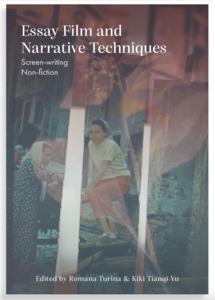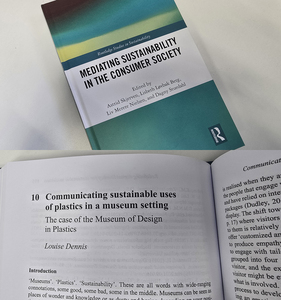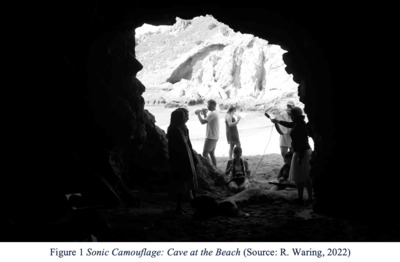‘Peace’ has not lent itself easily to emblematic or mnemonic forms of representation. In the furnished urban landscapes of the 19th century peace was often personified in female allegorical form. She can be seen in many of the sculpted memorials that commemorate distant battles fought on the edge of Empire. Invariably, however, the figure of ‘Peace’ had a more modest role in the allegory of commemoration than that of ‘victory’ or ‘triumph’. As an ideal, peace and pacifism is more often regarded as a process, a long-term goal that cannot be captured in single static form. To this end, the promotion of peace has most often been realised through intervention, occupation, and fluid, temporal forms such as campaigns, marches, songs, dances and other extended programmes. Peace has also promoted through slow, evolutionary forms such as designed landscapes, parks and gardens. This paper examines in detail two community gardens in central London. Each owes its origins to the radical political agenda of the Greater London Council in the 1980s, but they were borne out of grander visions for world peace, multi-lateral disarmament, and global accord. Twenty years after their creation the author explores their current condition and examines their value as sites of political value and heritage.
 |



 Lists
Lists Lists
Lists


